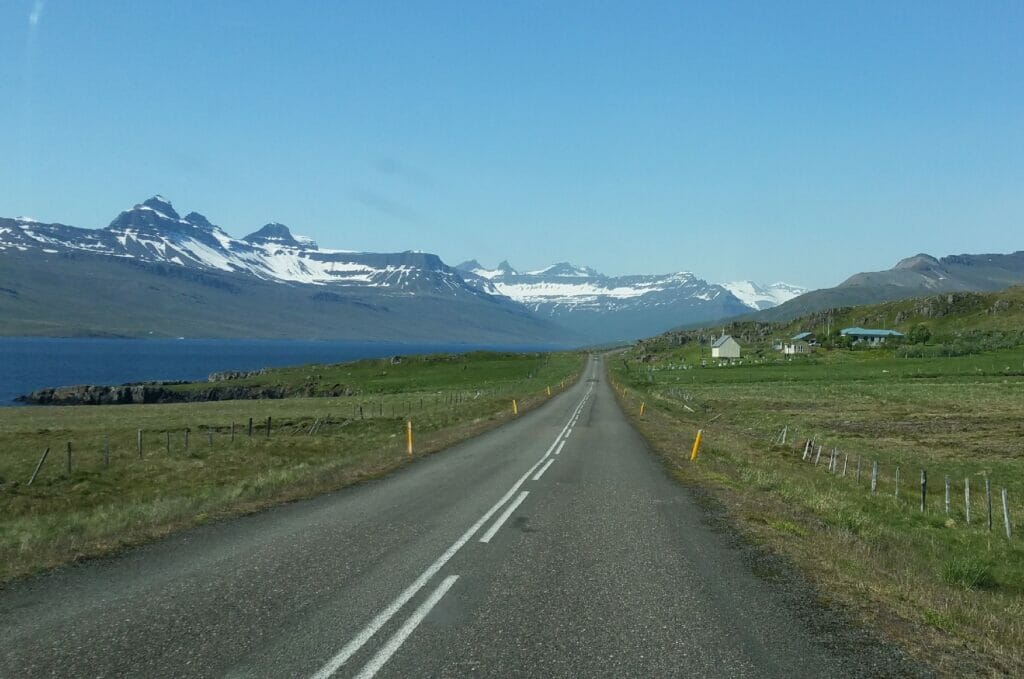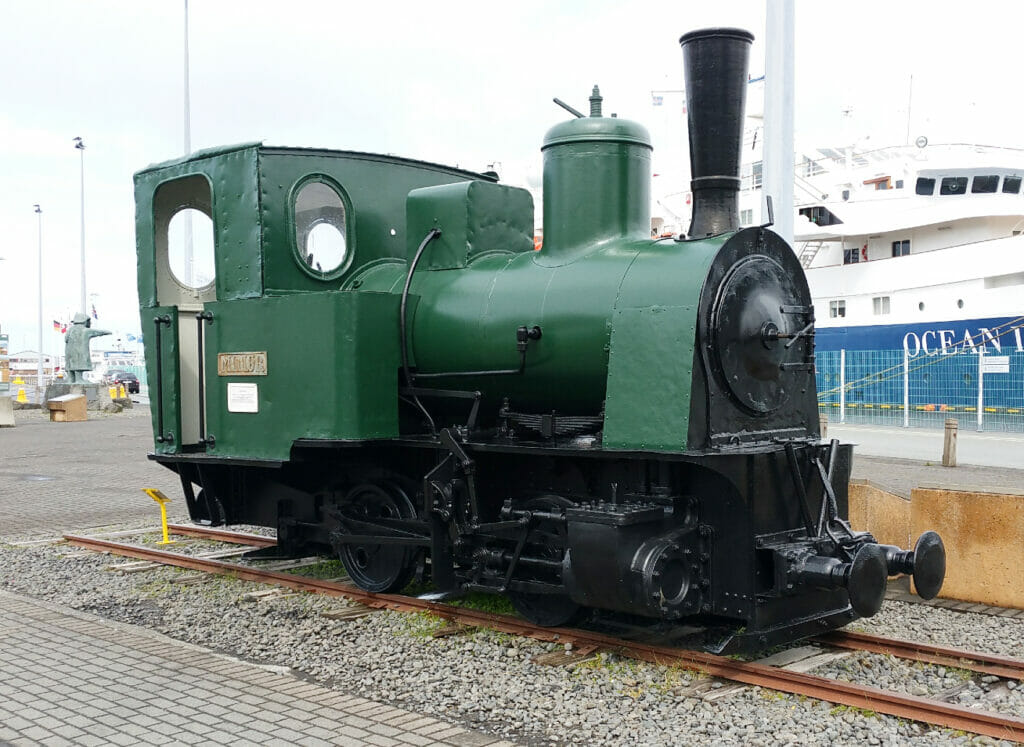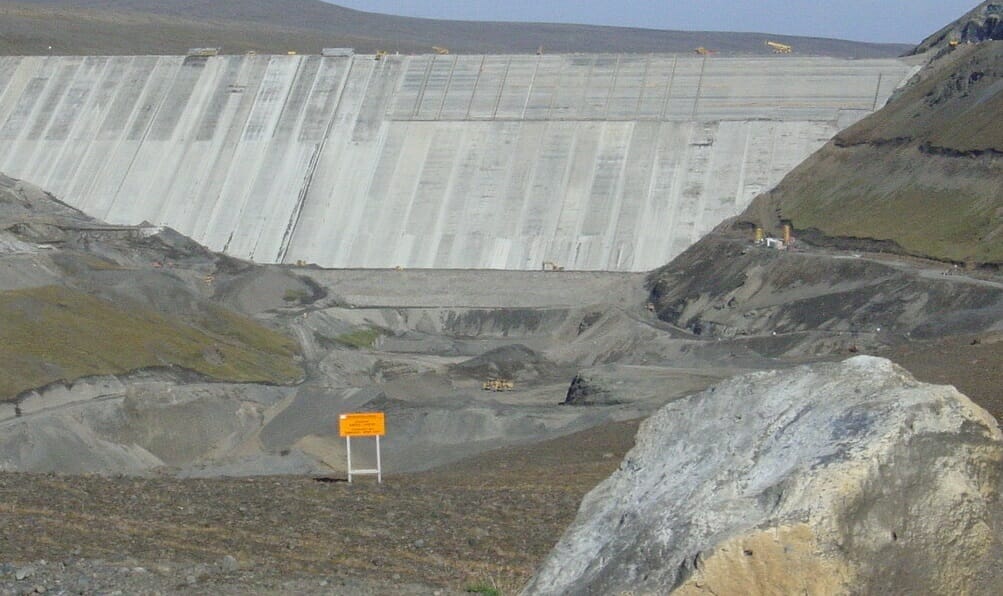Iceland is one of the few countries in Europe that does not have a railway. There were never any train stations, intercity railways, subways or trams. And no wonder – the country’s natural conditions and distribution of the population are not ideal for railways. The only strange thing is that in the history of Iceland’s transport there were three train accidents.

Tourists love Iceland. Its unbelievable terrain was formed by volcanic processes and unique natural landscapes are breathtaking. Because of its natural conditions Iceland also has an interesting way of life. There are no highways in Iceland and there aren’t any railways.
About 372 thousand people live in Iceland. More than half of them live in the capital city Reykjavík. Other towns are located along the perimeter of the island and connecting them by rail would be difficult and probably unwise. In addition, Iceland’s nature – volcanic ash, active volcanoes, and the Nordic winter – discourages plans to build railways.

Iceland is not the only European country without a functioning public railway. Andorra is crossed only by a passing French train, San Marino is very small, and Malta and Cyprus, like Iceland, are small islands without railways. But there were three train accidents in Iceland – a steam locomotive in Reykjavík harbour was at the centre of one of them.
Reykjavík Harbor Railway Accidents
At the Reykjavík harbor there is a cute tiny steam locomotive Minør made by the German company Jung:

Minør now stands as a reminder of the technical railway that once connected the construction site of the Reykjavík Harbour with the quarry outside of the city. The Minør and its twin brother the Pioner were built in the late 19th century. They were then shipped to Denmark and soon came to Iceland, which was then a Danish territory.
Minør and Pioner were brought to Iceland specifically for the construction of the harbour. Piers, breakwaters and other infrastructure were built from the stones and gravel brought by these locomotives in 1913-1928. Minør and Pioner were then given a well-deserved retirement. Both locomotives have been preserved and are in good cosmetic condition.

Minør and Pioner were designed to work in construction or mining, not for transporting passengers and goods over long distances. They ran on a narrow 900 mm gauge railway.
Reykjavík Harbour railway consisted of only one large ring and had only two locomotives. It operated for 15 years – what kind of train accidents can we even talk about? Pioner suffered from vandals who stretched a chain across the tracks. The small locomotive did not cut through the chain and derailed. The vandals later said that they were just playing around and did not expect such a result. They said they used to put coins and boards on the tracks and marvel at how the train crushed everything.

Minør also had an accident, but under different circumstances. This happened in the second half of the Harbour construction. That railway was always temporary, no passengers were transported on it, so it probably wasn’t maintained very well. One time one rotten sleeper simply gave way under the weight of the Minør and the steam locomotive was derailed.
The accidents Pioner and Minør had were relativey minor and the locomotives were quickly returned to work.
Train collision in Iceland
Train collisions are very rare because railway traffic is very carefully planned. In the past, before the development of electronic monitoring systems, they occurred more often, especially at very busy major railway junctions. Iceland has neither railways nor heavy train traffic, but one train collision has occurred there. And, by the way, in the 21st century.
In 2002-2009, the Kárahnjúkar hydroelectric power plant was built in the east of Iceland. It is a rather large engineering object with five dams on the Jökulsá á Dal and Jökulsá í Fljótsdal rivers. For this construction project a temporary engineering railway was built and three light diesel trains transported people, tools and materials around the clock.

The first and only train collision in the history of Iceland took place in 2004. A train of workers collided with a train carrying cement in the tunnel under Valþjófstaðarfjall mountain. The impact was not very strong, but three people were slightly injured. Of course, the cause of the accident was human error.
The railways at the Kárahnjúkar hydroelectric plant were later dismantled, the locomotives returned to the German company Schöma.




